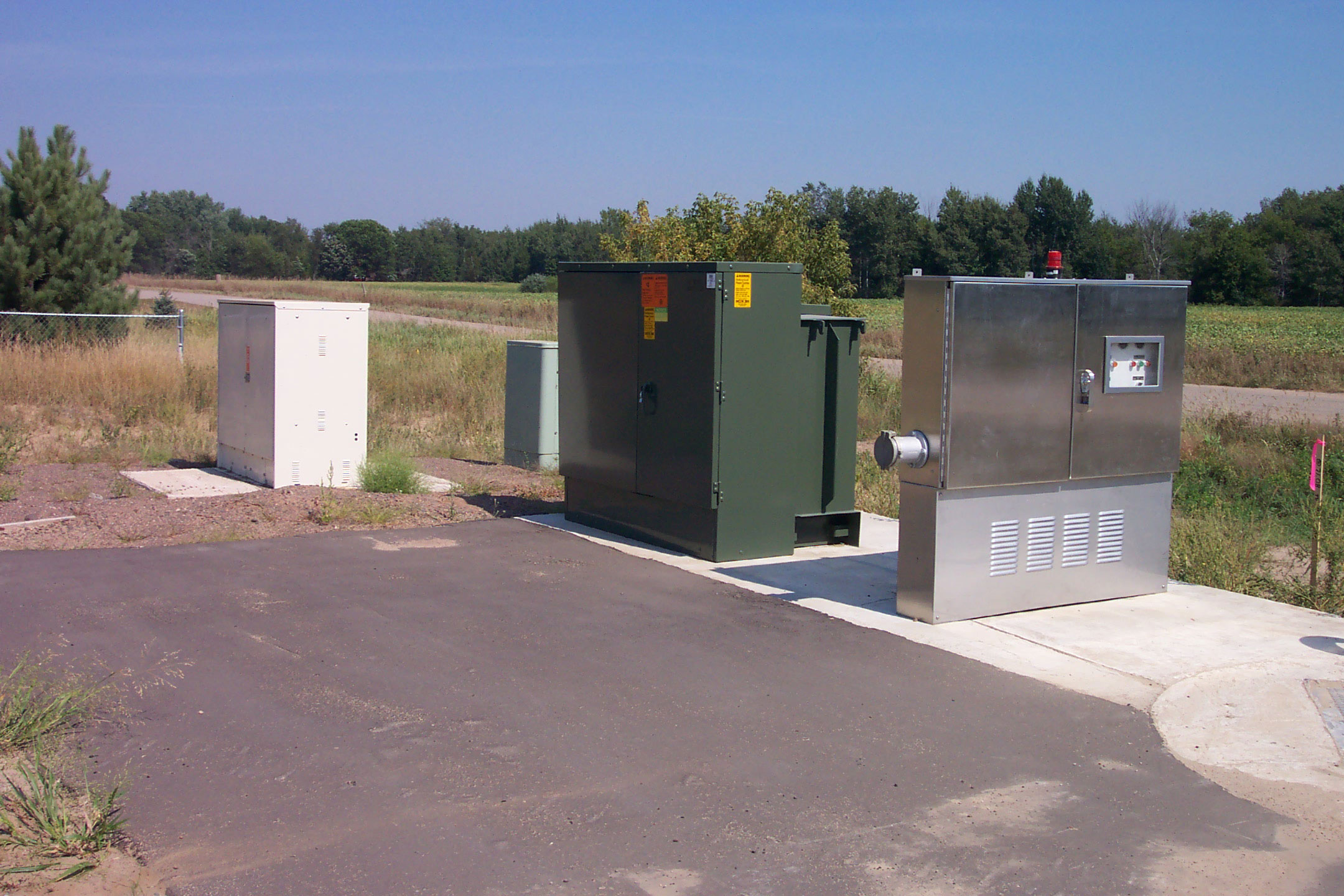
Top 5 Signs Your Lift Station Needs Rehabilitation
As infrastructure ages, you will need to prioritize which items to fix first. You need to determine which items to do this year and which items can wait for future plans. How do you know when it is time to put a lift station at the top of the list? Below are 5 signs that your lift station is nearing the end of their usable life cycle.

1. Clogged Pumps – Have your maintenance crews been spending an inordinate amount of time and resources addressing clogged pumps? Rags, sanitary products, and many other items find their way into your city’s sanitary sewer, but cannot be passed by the old style impellers. It might be time to upgrade your pumps to modern non-clog impellers to address this maintenance nightmare.
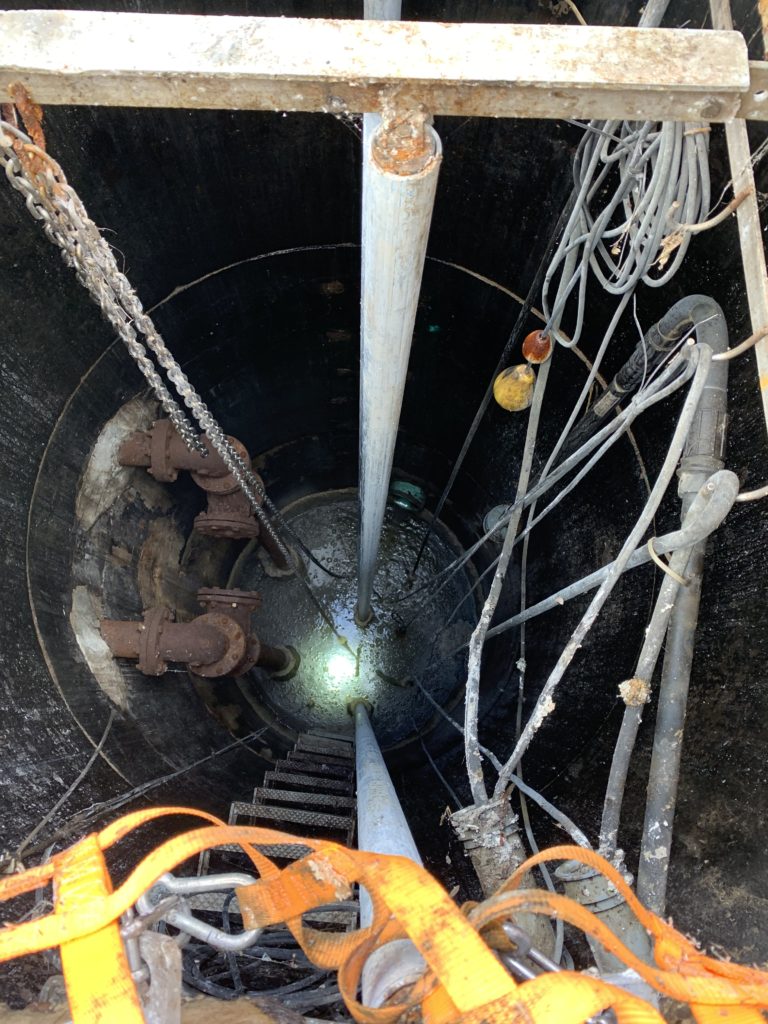
2. Increased Pump Runtimes – Over time, pumps lose their efficiency causing them to generate less flow at lower velocities. This can cause solids to settle in the forcemain and exacerbate the pump inefficiencies. Compare your electricity bills over time. If the number of kilowatt hours used has gone up, it might be time to dig into the issue.
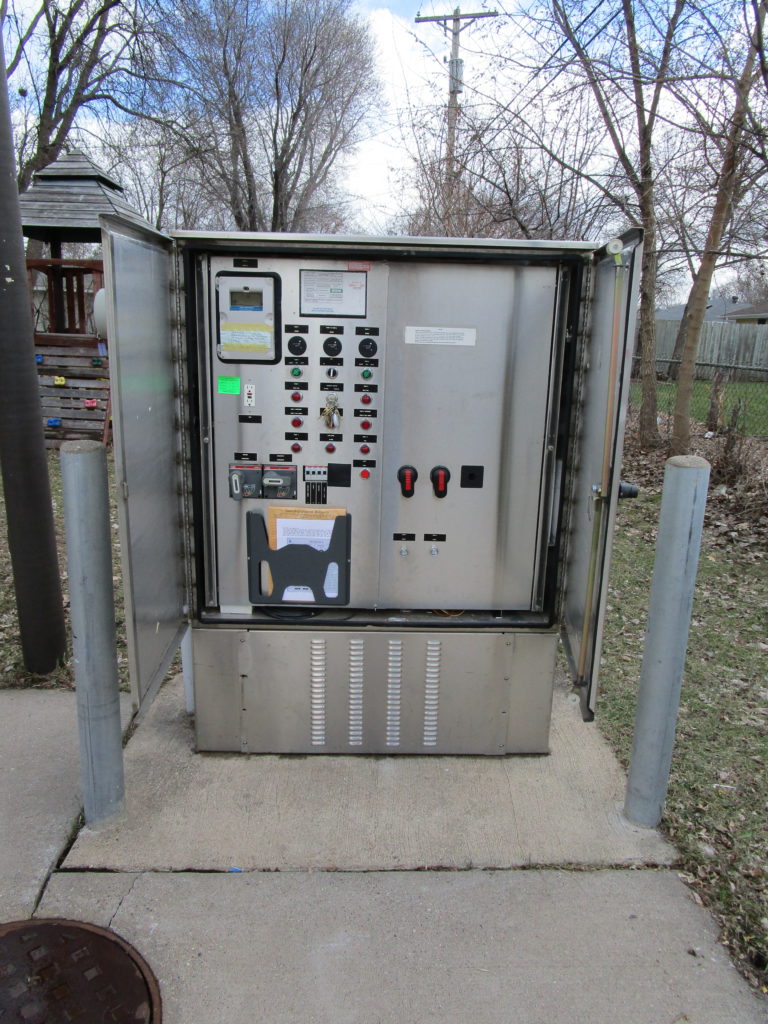
3. Electrical & Communication Failures – Old starters, leaking mechanical seals, electrical service changes: these items can cause tripped circuit breakers and blown fuses. If your SCADA system isn’t communicating these failures to maintenance staff, you might find out from an angry resident with sewage backup in their basement. Electrical and communication upgrades will help your staff maintain real-time status updates and put your mind at ease.
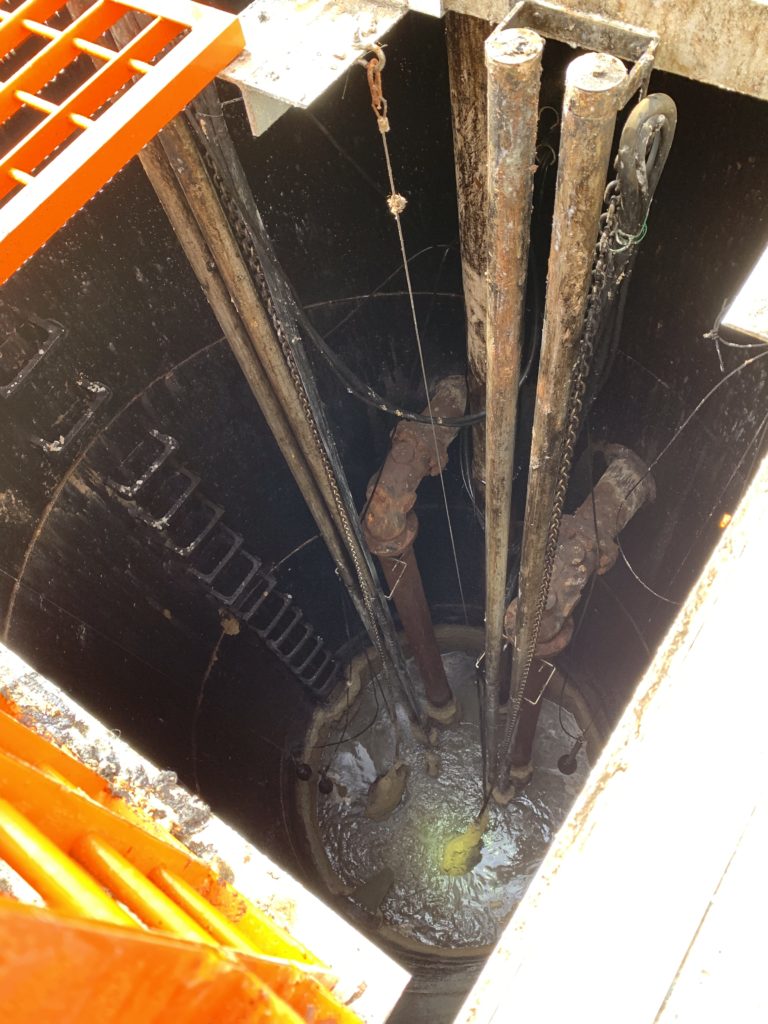
4. Degraded Concrete, Piping & Equipment – Sanitary sewage can generate corrosive hydrogen sulfide (H2S) gas that chews up the lift station concrete, pump rails, piping, hatches, and valves. Ensuring proper pump cycles and providing mixing to break up gas producing materials in the lift station can help reduce gas generation, but it may also be necessary to coat the concrete with a corrosion resistant barrier and replace lift station equipment with more robust materials. Have the field crew take photos for you to review.
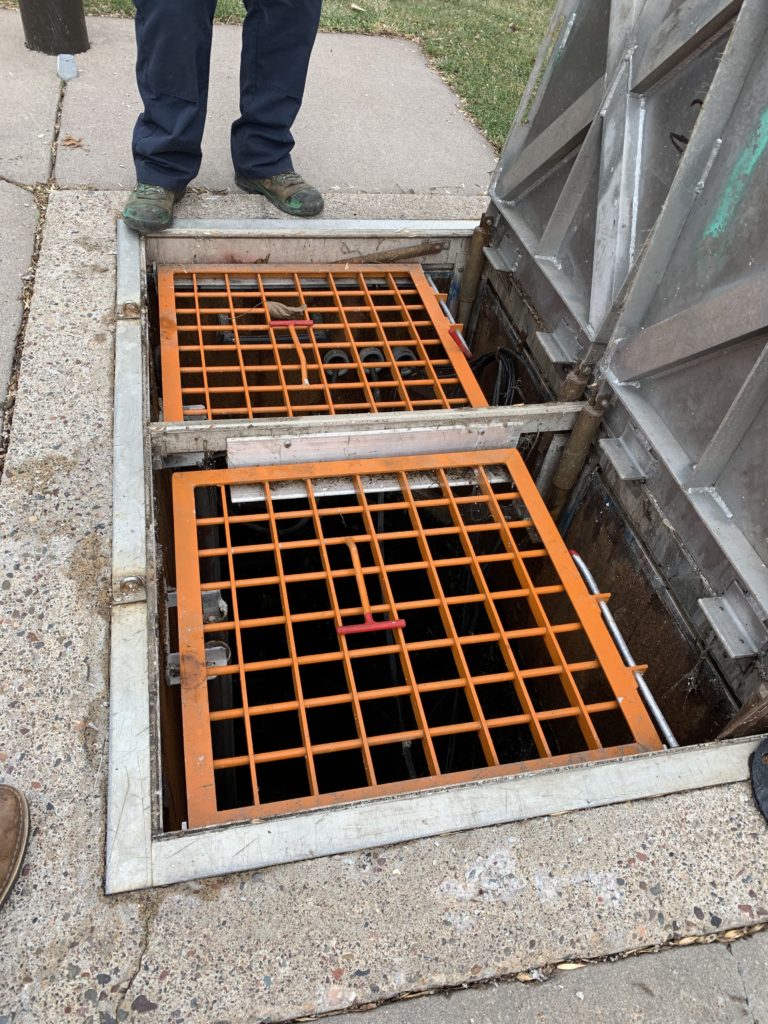
5. Safety – Are your lift station hatches equipped with fall protection? Are your workers using tripods with harnesses for lift station access, or are they relying on deteriorated manhole steps? Review the safety features of your lift stations and make sure your crew has the right equipment to do their job safely. Lift stations are a very hazardous environment, but simple safety features and protocols can make all the difference.
If you are experiencing any of these issues or want more information, we can help.



